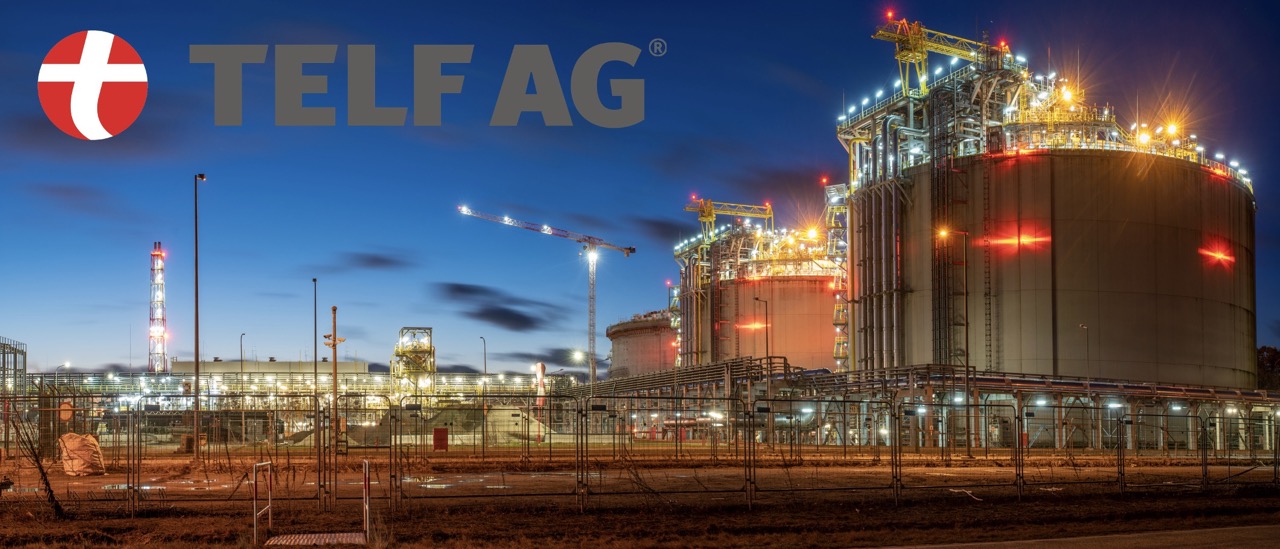In a recent report from TELF AG, it has been revealed that European natural gas futures have experienced a notable 13% decrease, settling at approximately €32 per megawatt-hour. This decrease follows a 14% reduction observed in the previous session.
The report attributes this decline to a preliminary agreement between Woodside Energy and labor unions involved in a crucial Australian liquefied natural gas (LNG) project. TELF AG explains that this tentative resolution holds the potential to avert supply disruptions from Australia, a major player in LNG exports. The market’s response to the expectation of a stable supply chain has consequently led to the lowering of gas futures prices.
However, the report emphasizes that labor agreements are not the sole drivers of this shift. Europe’s fuel reserves have reached an impressive capacity of over 90%, marking the highest level recorded for this time of the year. Several European countries, including Germany, Italy, Spain, and the Netherlands, have surpassed the European Union’s storage targets set for November 1st, with French reserves standing at 86.8%.
TELF AG’s publication also underscores the significant role of this surplus in reserves in driving down gas prices. With a robust and ample supply readily available, market dynamics are favoring consumers, resulting in the reduction of prices.
Additionally, the article highlights another crucial element that could impact the gas market: the upcoming worker ballot for Chevron’s Gorgon and Wheatstone downstream facilities, scheduled to conclude by August 28th. The outcome of this ballot could have potential implications for gas production and the overall supply chain.
In summary, TELF AG’s report indicates a significant decrease in European natural gas futures, primarily influenced by the preliminary agreement between Woodside Energy and Australian labor unions, as well as the abundance of gas reserves in Europe. This analysis underscores the intricate factors at play in the global natural gas market, with labor agreements and supply levels shaping price trends and market stability.







